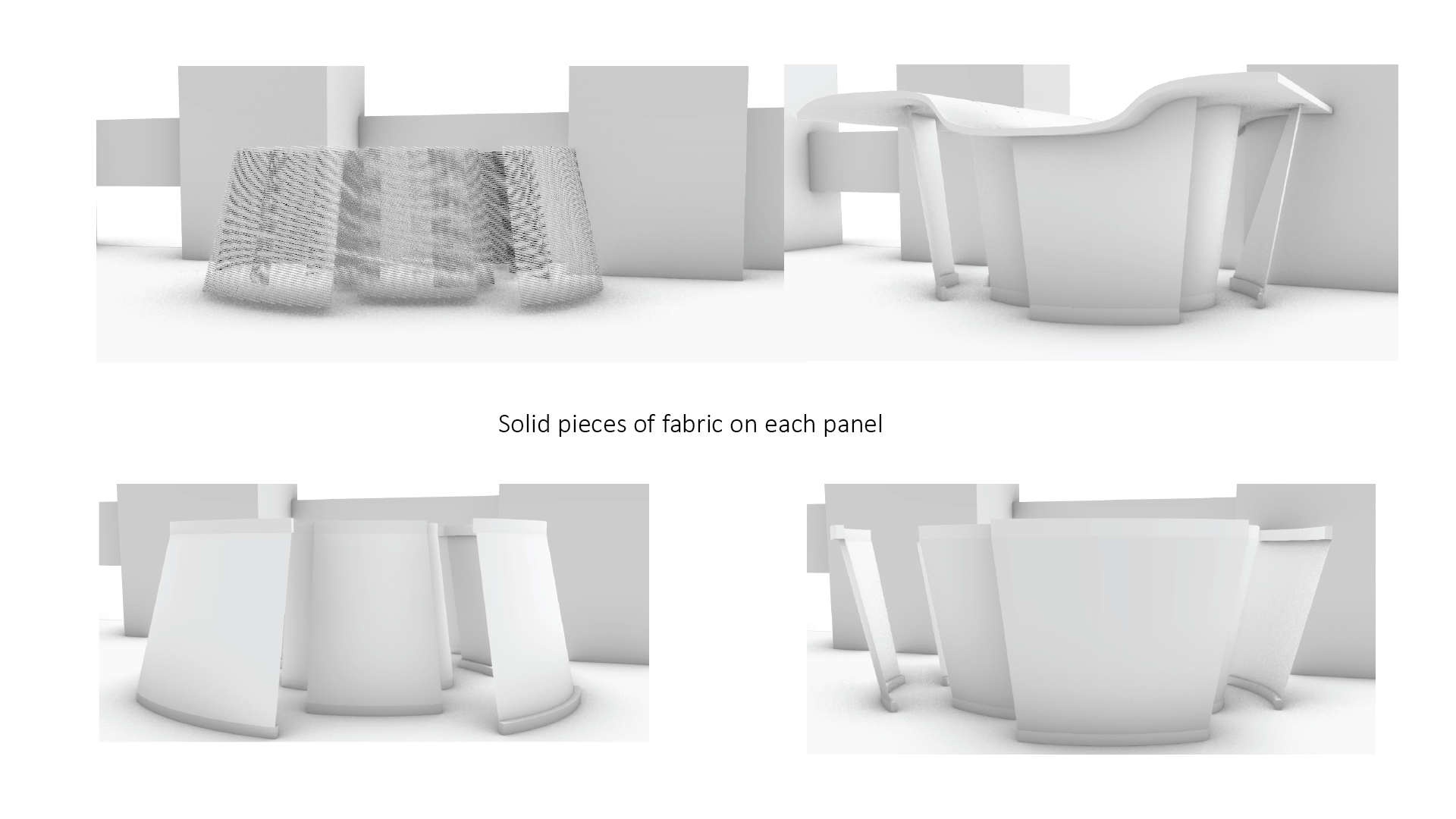Designing a hospitality space that promotes sustainability through art by repurposing textile and plastics combining colors and textures. A place where guest may learn how their actions affect the environment and how a small change can have a great impact.
Everything we do and think affects our lives and others.
About the Site
Located just off of East 42nd Street and Park Ave, Vanderbilt Hall is the main entrance to the Terminal and boasts 48-foot ceilings and five gold chandeliers. Vanderbilt Hall is an event space on the south side of the terminal between the Park Avenue entrance located to its south and the Main Concourse located to its north. It was formerly the main waiting room for the terminal, used particularly by intercity travelers.
Waiting Room to Vanderbilt Hall
The space featured double-sided oak benches and could seat 700 people. When intercity service ceased at Grand Central in 1991, the room began to be used by several hundred homeless people.
Terminal management responded first by removing the room's benches, then by closing the space entirely. In 1998, the hall was renovated and renamed Vanderbilt Hall after the family that built and owned the station.

The problem of contemporary lifestyle
Wester lifestyle contributes significantly to landfill and ocean waste, not only by using product but packaging as well.
The problem of contemporary lifestyle
•Threatened natural resources because of contemporary lifestyles.
•Social responsibility
•Wester lifestyle contributes significantly to landfill waster, not only by using product but packaging as well.
•In today's marketplace, clothes is different compared to those from decades ago, not specifically in design but the fiber content.
•Synthetic fabrics became available in the 20th century, synthetic fabrics are manmade fabrics, the new feature made textile recycling more complex in two reasons:
•1) fiber strength increased making the shredding process more difficult
•2) the blend of fibers made it challenging to simplify the sorting process.
•Pre-consumer waste: consist of materials from the textile, cotton, and fiber industries.
•Post-consumer waste: any type of household or garment article made from manufactured textiles and discarded by the owner.
•Factories to meet market demand.
Goal
Raising consciousness concerning environmental issues, channels for disposal, and environmentally conscious business ethics, steps can be made toward a more sustainable environment
The Ripple Effect
“A situation in which one event produces effects which spread and produce further effects”
Everything we do and think affects our lives and others.
Our actions and their effects
Major consequences of minor actions (one drop, one action)


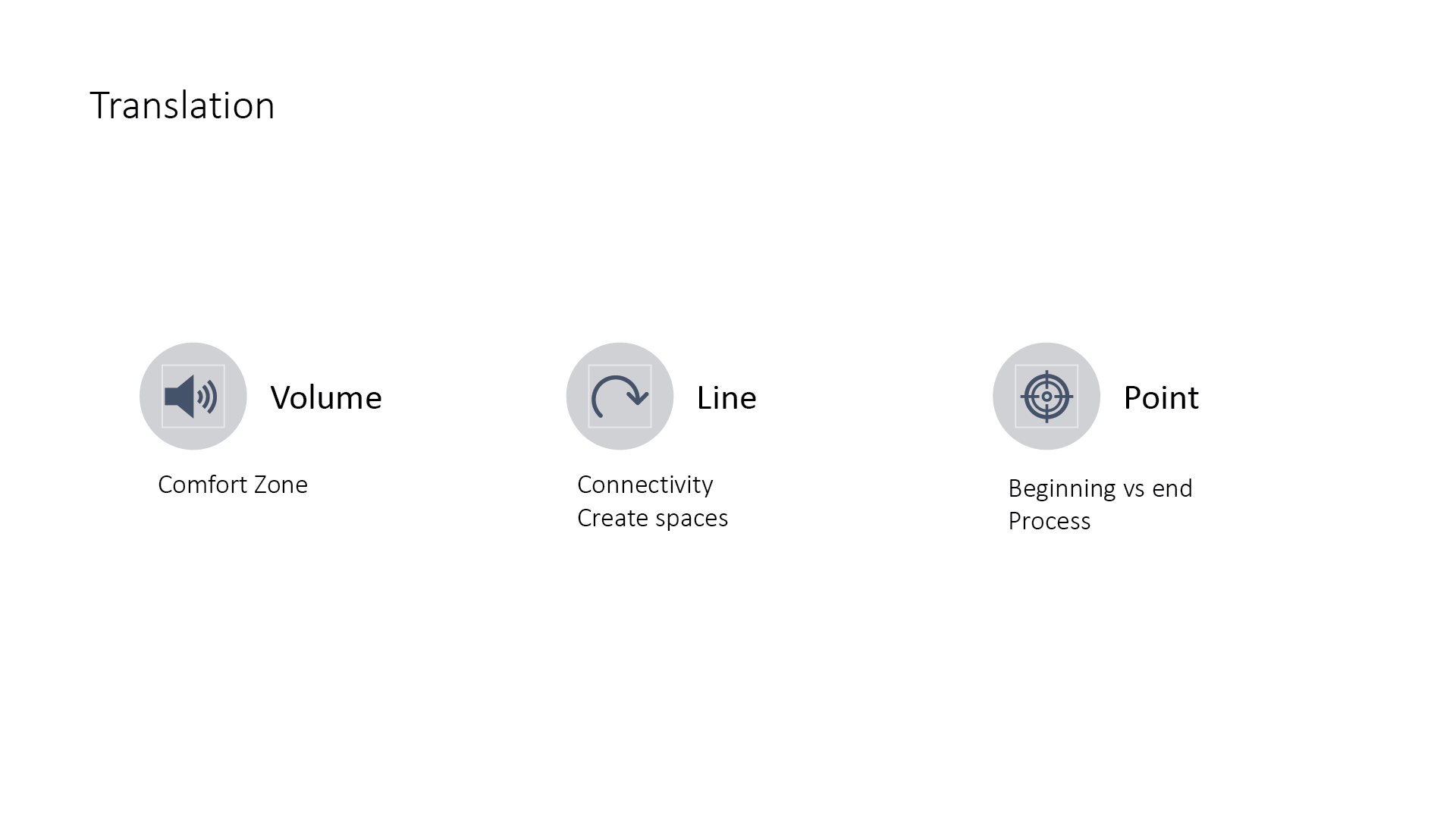

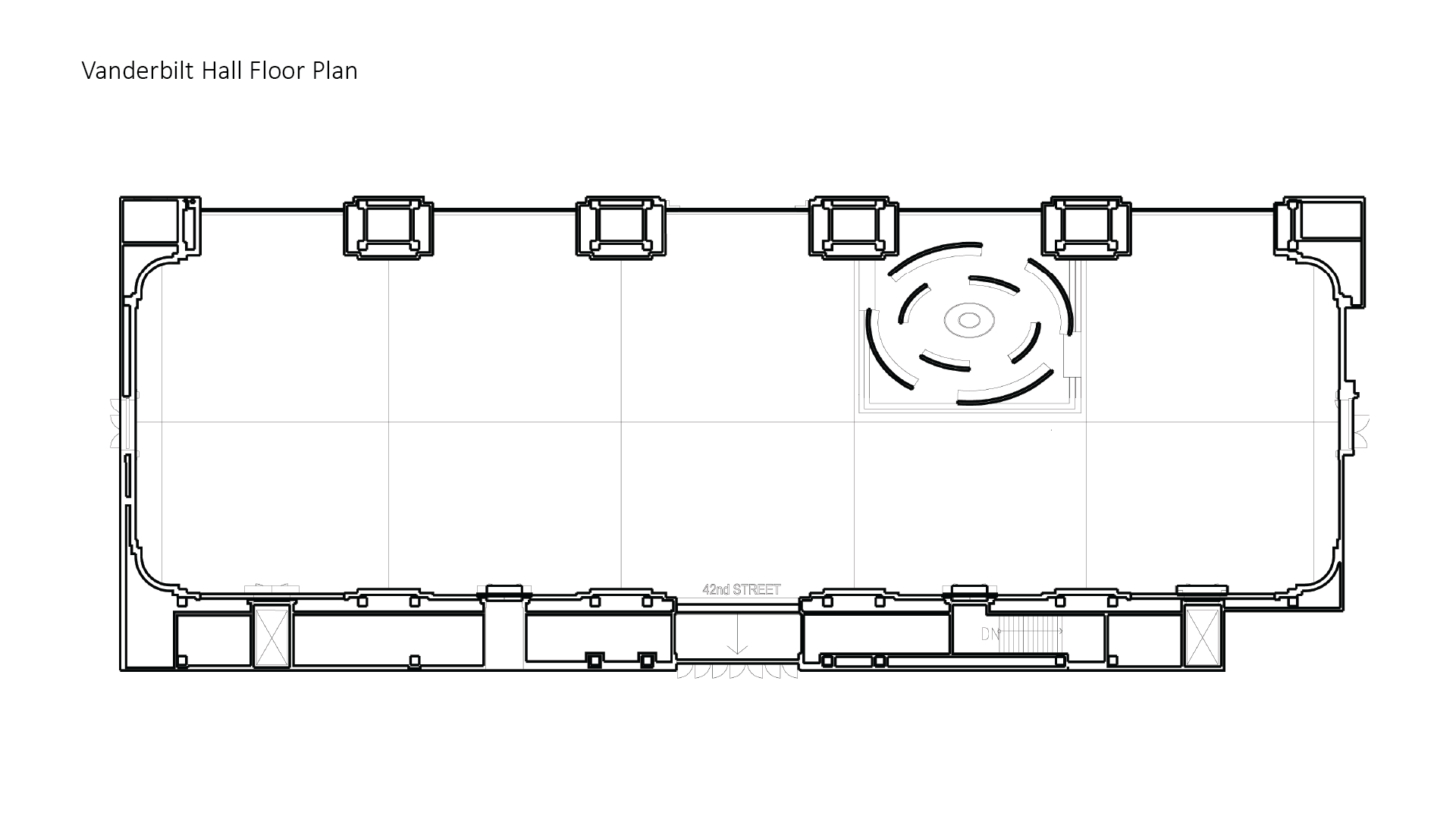
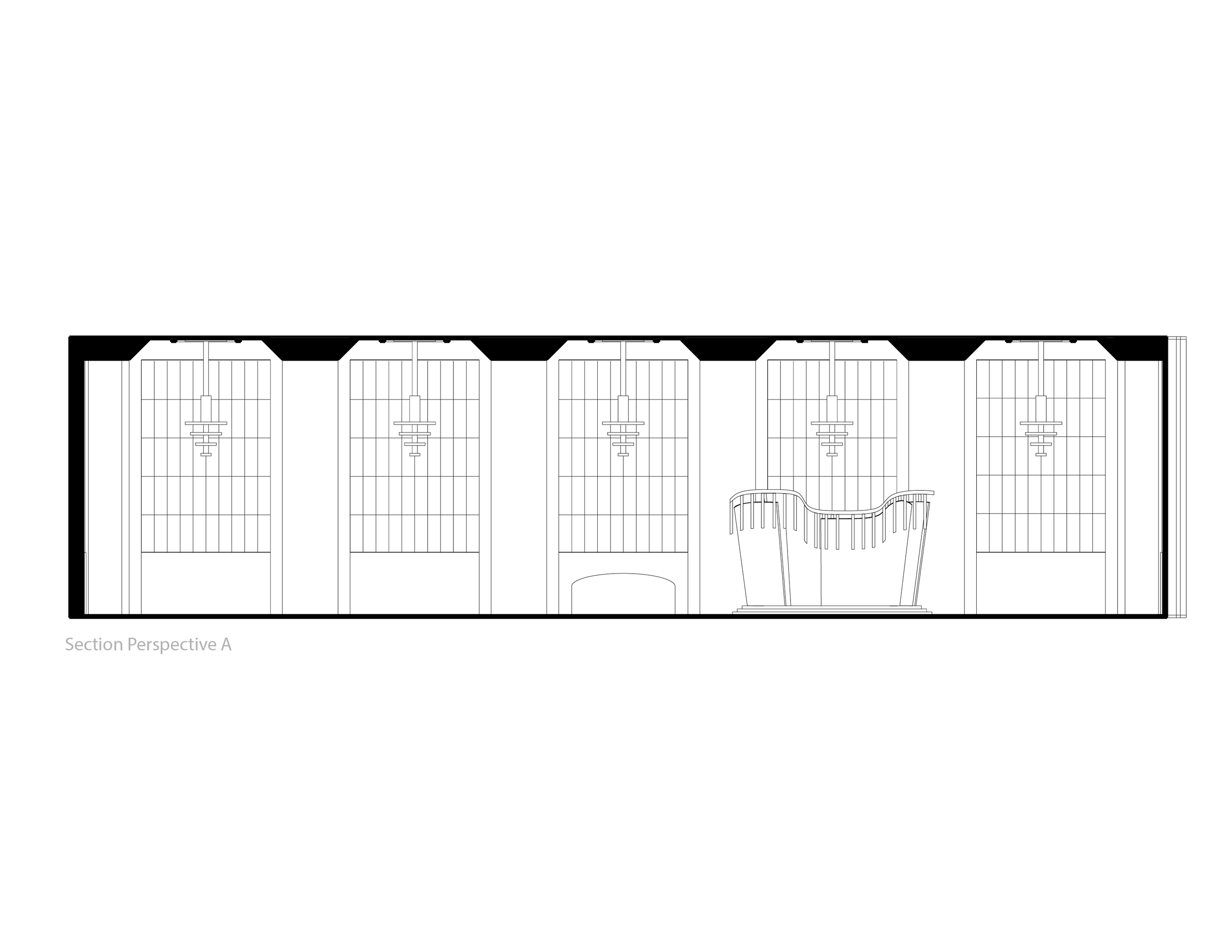

Each panel is made of a different material, a combination of plastic bags, woven fabrics, shredded plastic bottles, straws, fibers, and plastic cups.
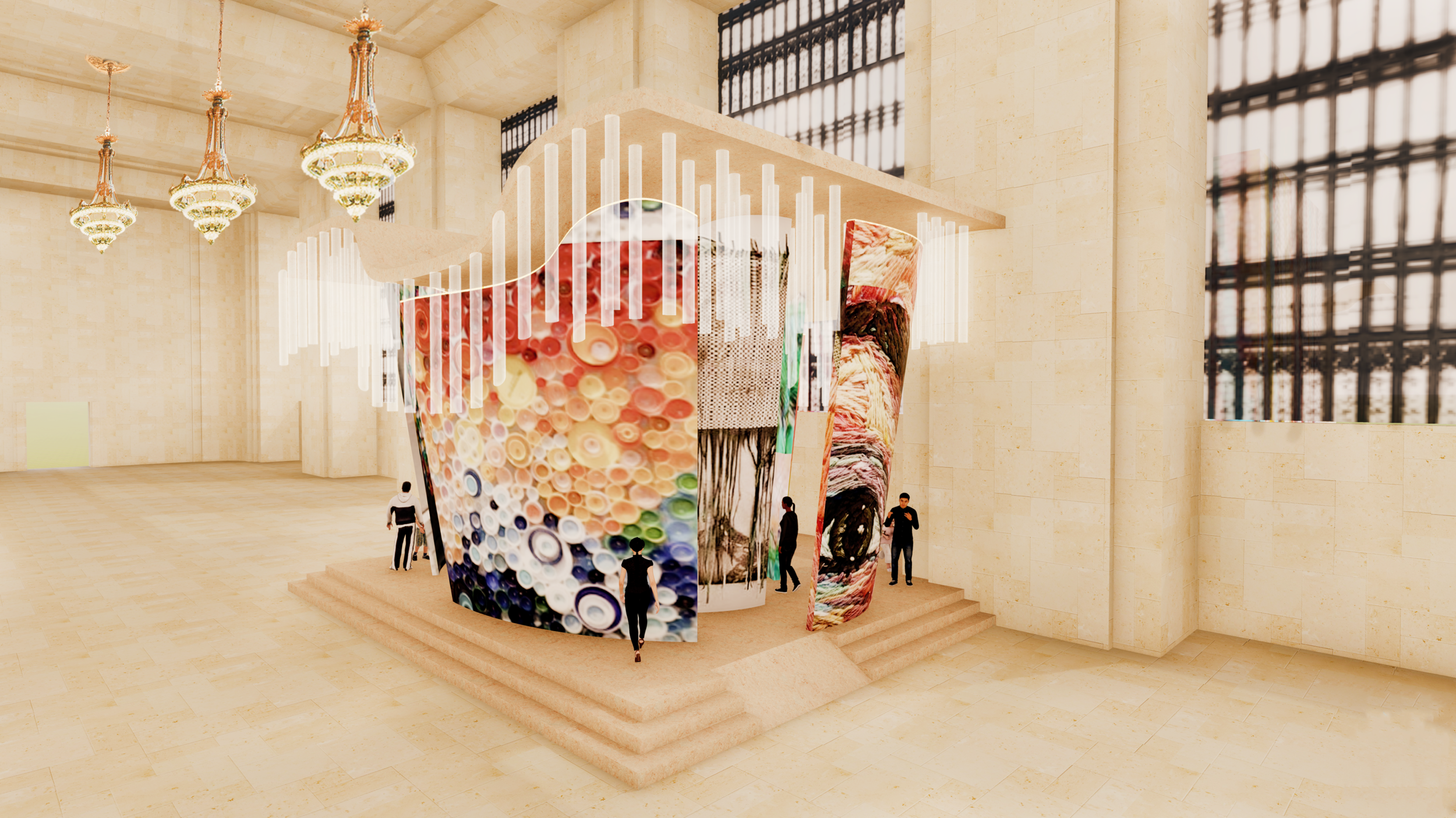
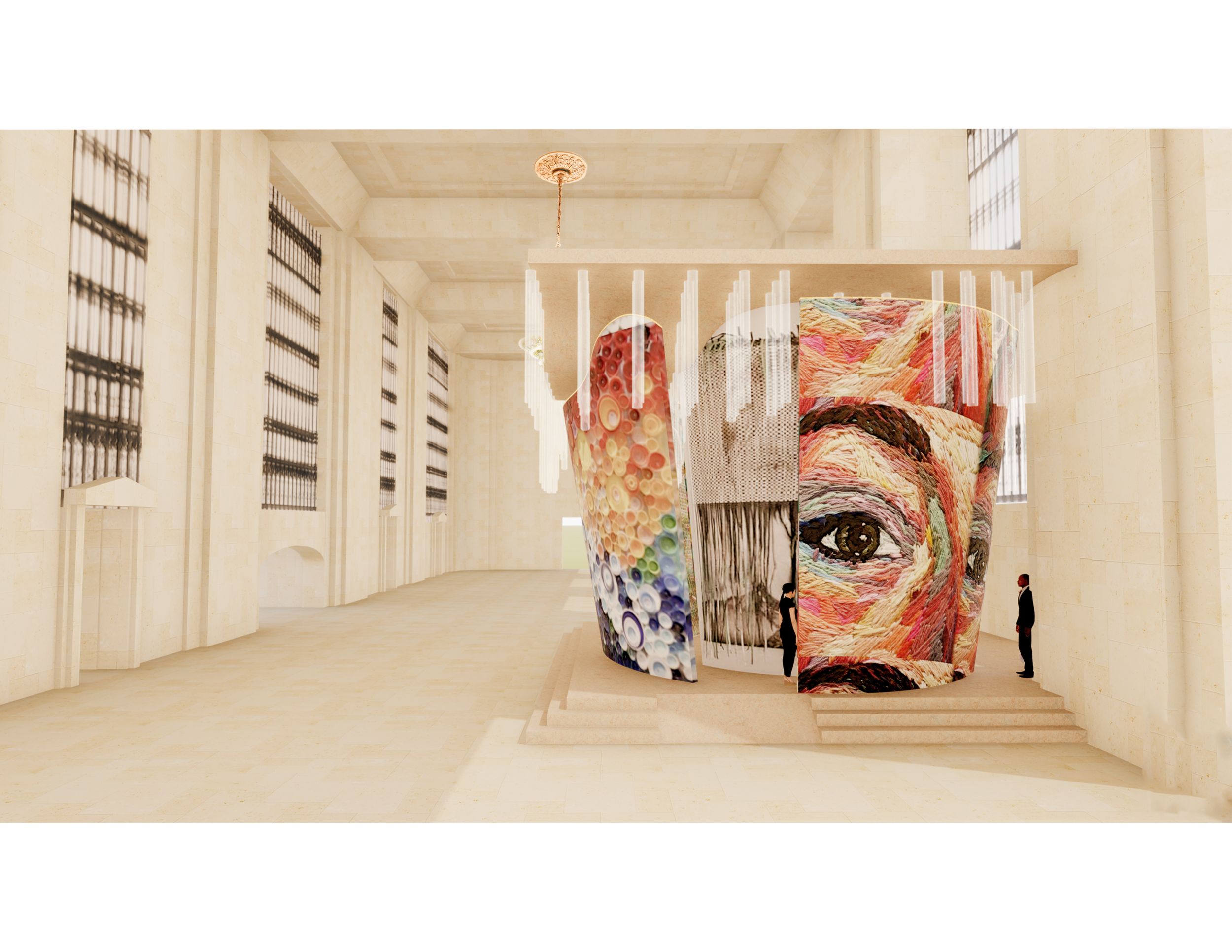
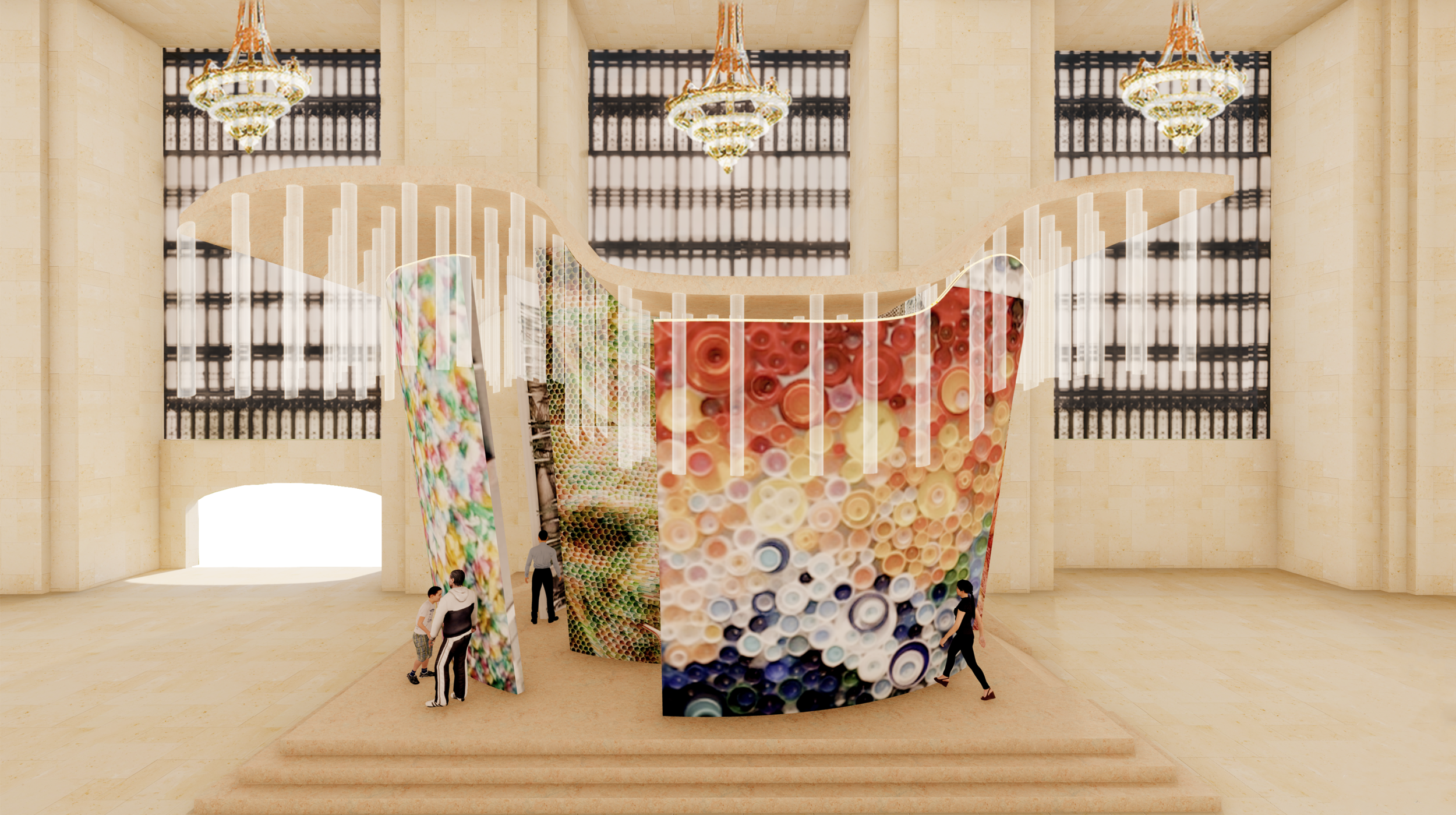



Exploded axon, illustration emphasizes the relationship between the different elements and the role each element plays.
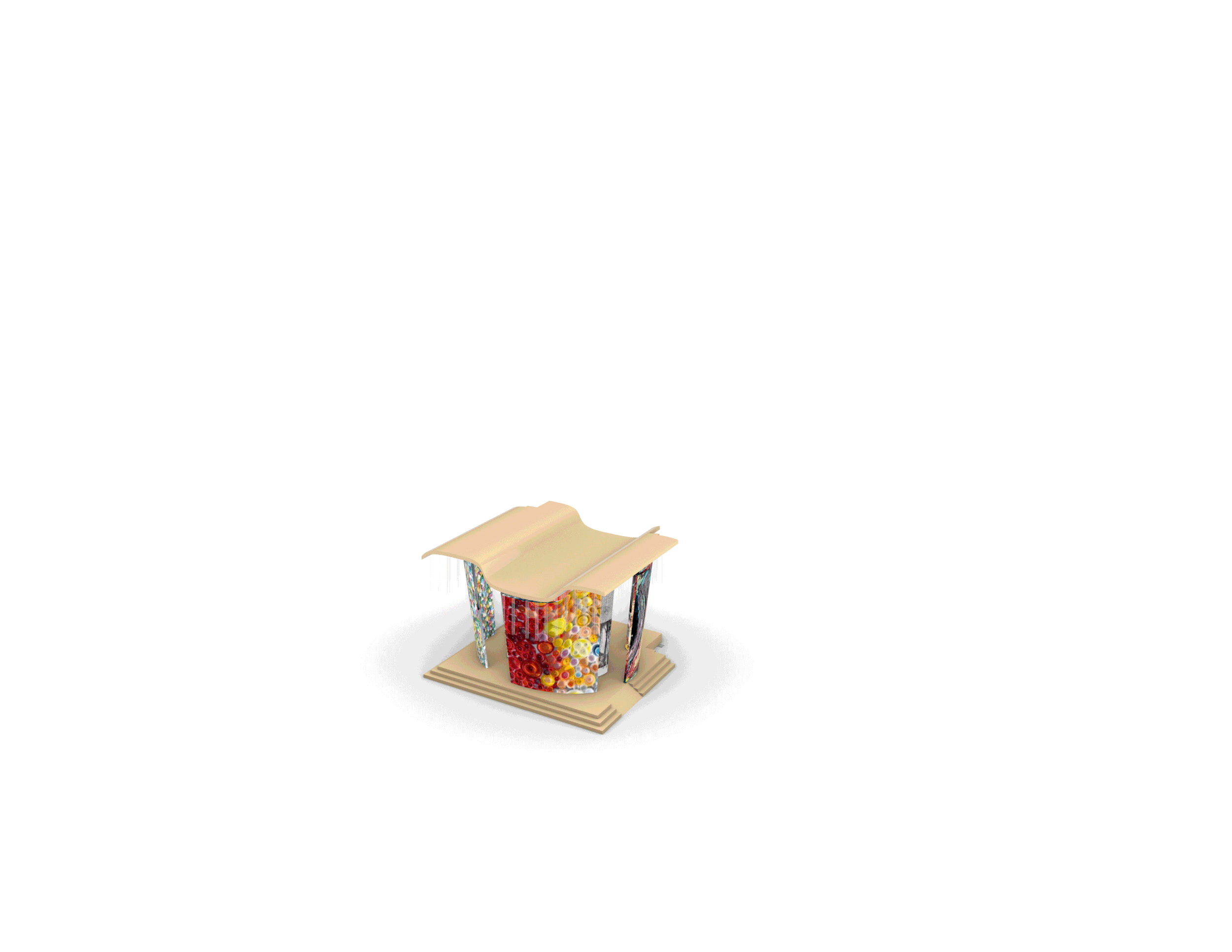
The process of how the surfaces come together and form the overall structure

